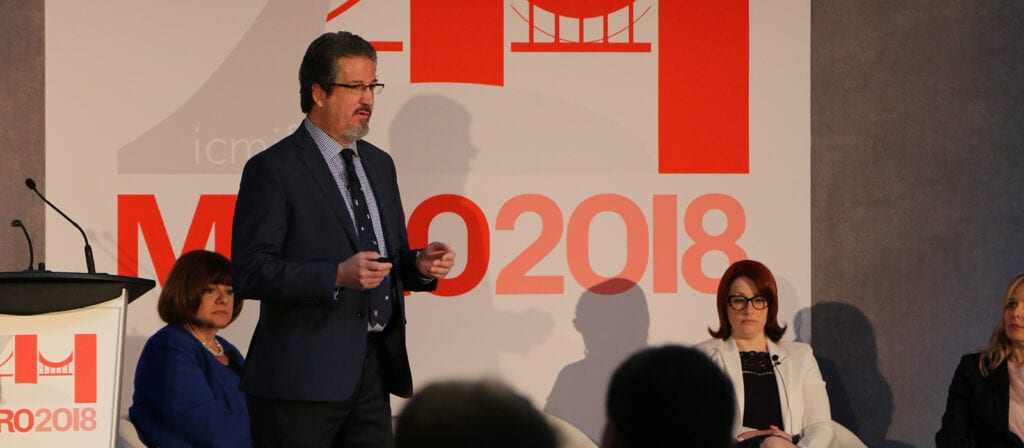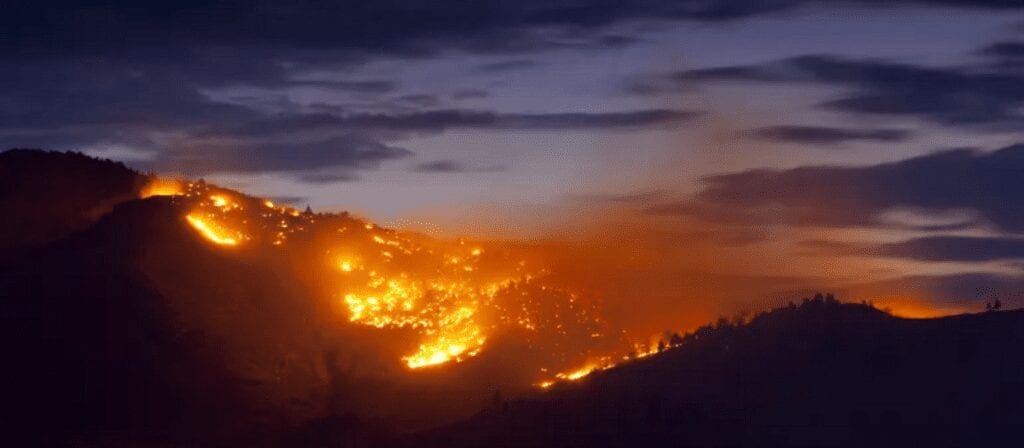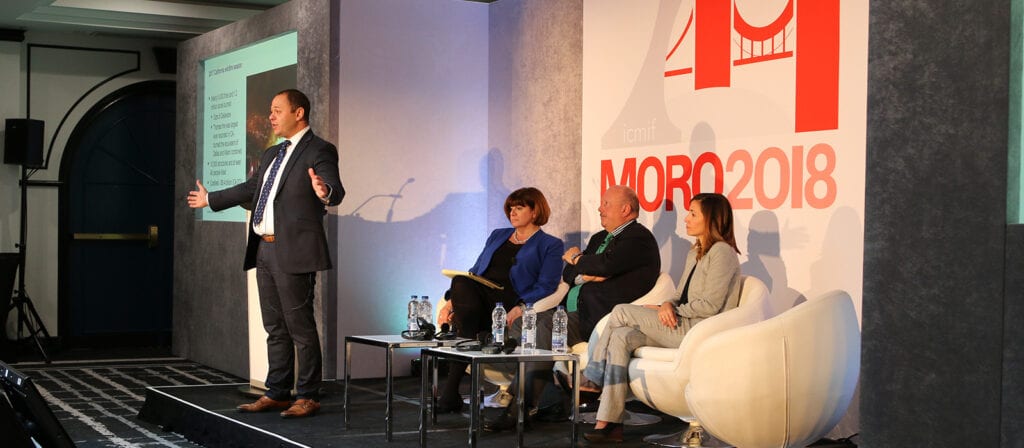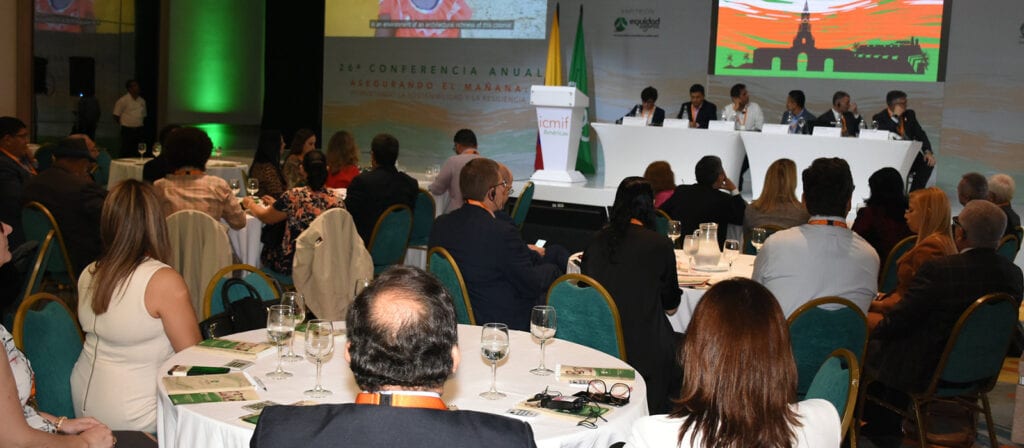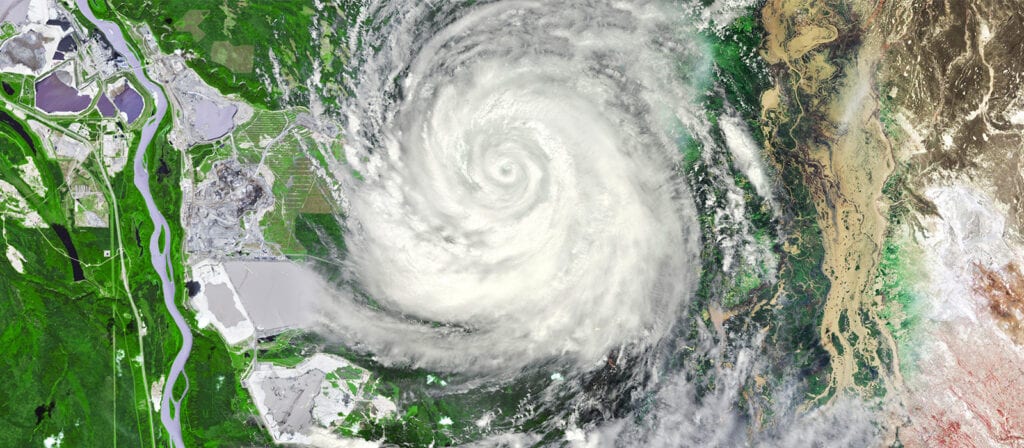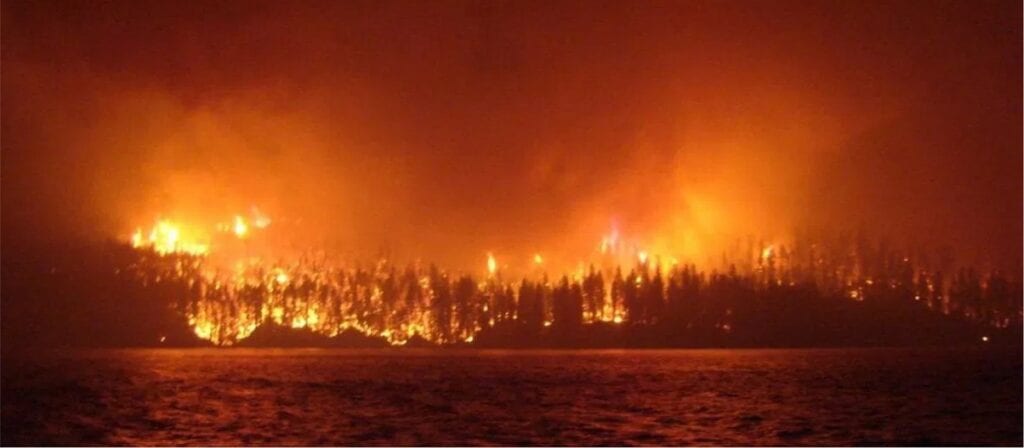In April 2016, Government, media and insurers were monitoring a major fire which had broken out in Fort McMurray. At first the wind pushed the fire away from populated areas, but then it turned towards the city of Fort McMurray, which is surrounded by dense forest. What followed was a mass evacuation of 900,000 people, most of whom had no time to pack belongings or rescue pets. The fire covered 6,000 square kilometres and resulted in 48,000 separate claims made across all insurance companies.
Desjardins General Insurance Group (Canada) used mobile phones and email to contact its members and attempted to send representatives to the area to help people access the correct insurance companies and their details. It wanted to pay its clients and members as soon as possible during this crisis and thereby help to ease their anxiety.
The reality was that the insurer was unable to get access to the city until 1st June as the local authorities closed off the entire area whilst they fought the fire. Desjardins used satellite images to establish the extent of its losses, but they were not allowed to use drones.
There were a lot of politics to navigate through during the crisis, especially between the insurers and the local authority. There was only one functional road in and out of the city and that was kept mainly closed. Desjardins found it hard to find accommodation for staff as they wanted to try and stay close to their clients. The local authorities also refused to allow the company to bring in mobile homes and trailers to sleep in, but eventually it found commercial spaces to repurpose. This meant that it could finally meet clients and members before the evacuation order was lifted and was then able to quantify the risk and help.
The insurer adopted the “Build Back Better” (BBB) approach to disaster recovery, rebuilding the homes to be safer and more resilient.
The total cost of this disaster was USD 3.7 billion for the industry, but for Desjardins it totalled USD 68 million in losses. After one year, 87% of claims were closed. A few more are left and are being monitored, but the book will soon be closed.
